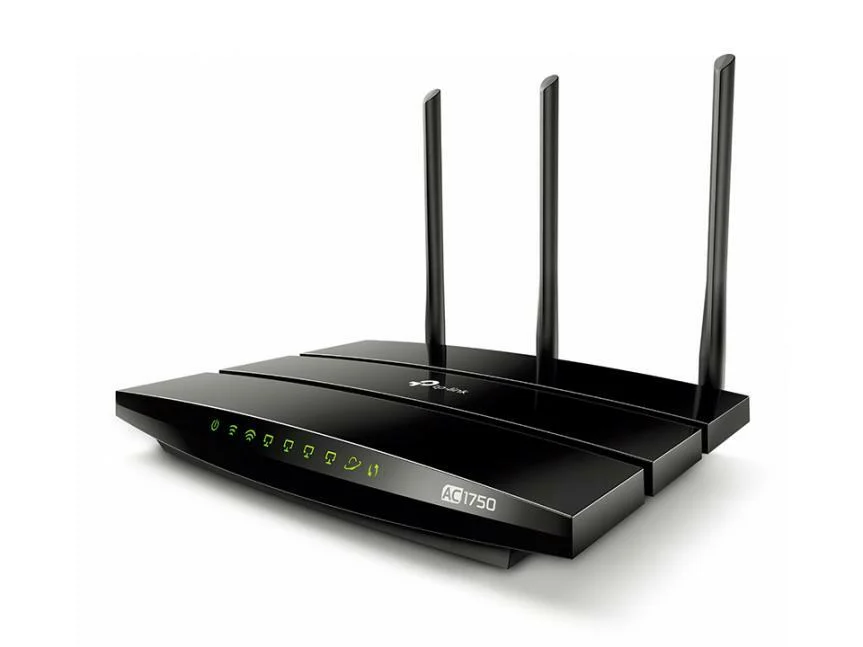Wireless vs Wi-Fi: What is the difference between Wi-Fi and WLAN? Wireless technology has become a ubiquitous part of our lives, enabling us to connect to the internet and communicate with each other without the need for cords and cables. With the rise of smartphones, tablets, and other mobile devices, wireless connectivity has become an essential requirement for many people.
Two terms that are often used interchangeably in the context of wireless technology are Wi-Fi and WLAN. In this article, we will take a look at the difference between these two terms and help you understand their significance in the world of wireless technology.
What is Wi-Fi?
Wi-Fi stands for Wireless Fidelity and is a popular technology that enables wireless communication between devices. It operates in the 2.4GHz and 5GHz frequency bands and uses a series of protocols to transmit data between devices. Wi-Fi technology is often used to provide internet connectivity in homes, offices, cafes, and other public places. In most cases, Wi-Fi networks are established using a router, which acts as a hub for all the connected devices.
What is WLAN?
WLAN stands for Wireless Local Area Network and refers to a type of local area network (LAN) that uses wireless technology to connect devices. A WLAN can be established using a router or access point, which acts as the central hub for all the connected devices. Unlike Wi-Fi, which is a specific technology, WLAN is a more general term that encompasses a range of wireless technologies, including Wi-Fi. In essence, a WLAN is any wireless network that enables communication between devices in a local area.
Key Differences between Wi-Fi and WLAN
- Wi-Fi is a specific technology for wireless communication between devices, while WLAN is a more general term that encompasses a range of wireless technologies, including Wi-Fi.
- Wi-Fi operates in the 2.4GHz and 5GHz frequency bands, while WLAN can use a range of frequencies depending on the underlying technology.
- Wi-Fi is often used to provide internet connectivity, while WLAN can be used for a variety of purposes, including data transfer, communication, and device management.
The Importance of Understanding the Difference between Wi-Fi and WLAN
Understanding the difference between Wi-Fi and WLAN is important for several reasons. Firstly, it helps you choose the right technology for your needs. If you are looking for internet connectivity, for example, Wi-Fi is likely to be the best choice. On the other hand, if you need to transfer data between devices or connect to a larger network, a WLAN may be a better option. Secondly, understanding the difference between Wi-Fi and WLAN can help you optimize your wireless network and ensure that you are getting the best performance possible.
Conclusion
In conclusion, Wi-Fi and WLAN are two terms that are often used interchangeably in the context of wireless technology. While they are similar in many ways, there are key differences between these two technologies that are important to understand. Whether you are setting up a home network, looking for internet connectivity, or simply trying to improve your wireless performance, understanding the difference between Wi-Fi and WLAN is an essential first step.



